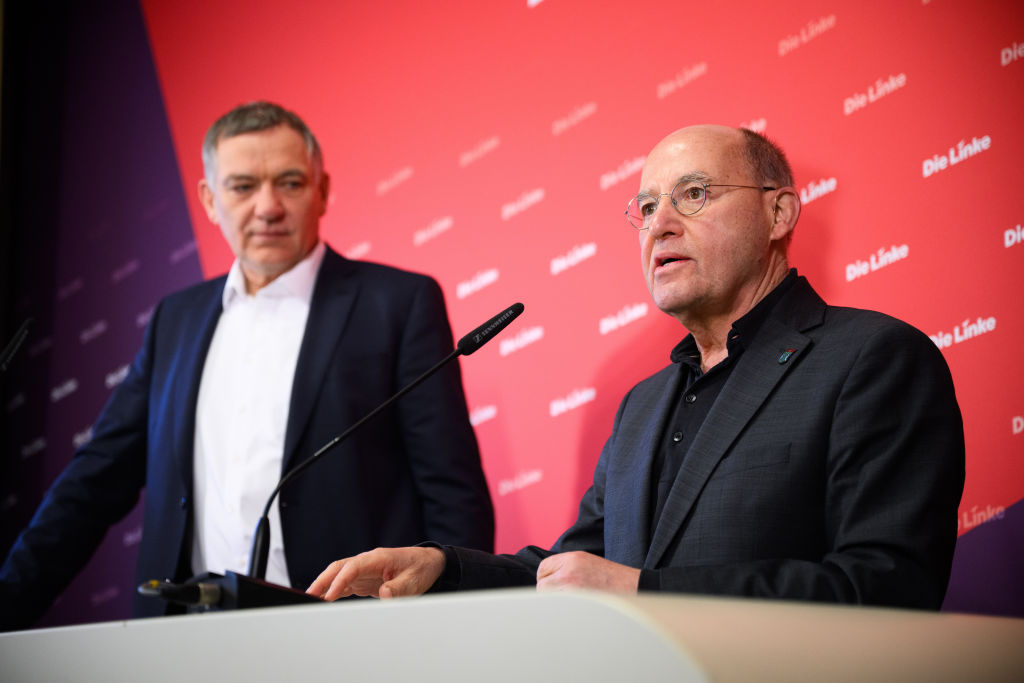When former Die Linke leader Sahra Wagenknecht and her supporters quit to form their own party in October 2023, both sides of the split seemed confident that they would be the main beneficiaries. Her Sahra Wagenknecht Alliance (BSW) hoped that, finally freed of their former comrades’ “lifestyle leftism,” they could reach out to the broad middle of society and win back disillusioned voters who had drifted to the far-right Alternative für Deutschland (AfD). Die Linke’s own leaders claimed they could now win back those who had abandoned the party over Wagenknecht’s alleged xenophobia and finally break out of the downward spiral that had seen its polling numbers plummet to 3 percent, well below the 5-percent threshold to remain in parliament.
At first, BSW appeared to have more realistically estimated its electoral potential. It took hundreds of thousands of votes away from its former comrades in the 2024 European and state elections and hit 10 percent in nationwide polls, while Die Linke faced its worst ever results. In the meantime, Die Linke launched a new corporate design, elected a new leadership (including a former Jacobin editor), and noticeably improved its digital outreach, yet remained stuck at 3 percent, increasingly relegated to a footnote by media.
The last few weeks, however, suggest that the tide may have turned. Repeated polls have placed Die Linke at 5 or 6 percent for the first time in years, and tens of thousands of new members have joined, including some 11,000 in January alone. Two weeks before the 2025 election, BSW and Die Linke are suddenly polling neck and neck, and mainstream media are beginning to cautiously speak of a “comeback” for a party that, just a few months ago, was only ever discussed in terms of…
Auteur: Loren Balhorn

